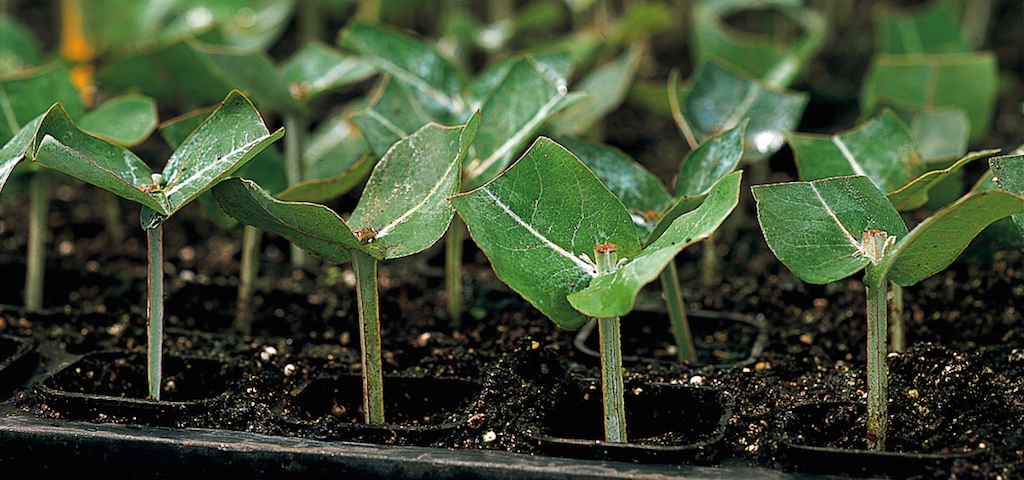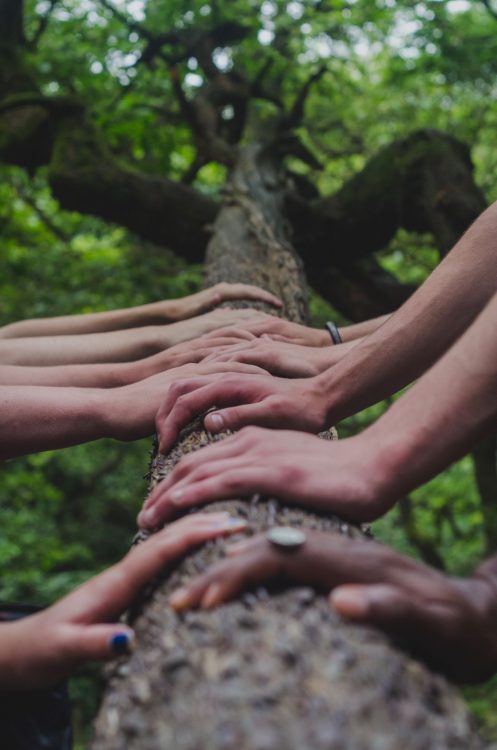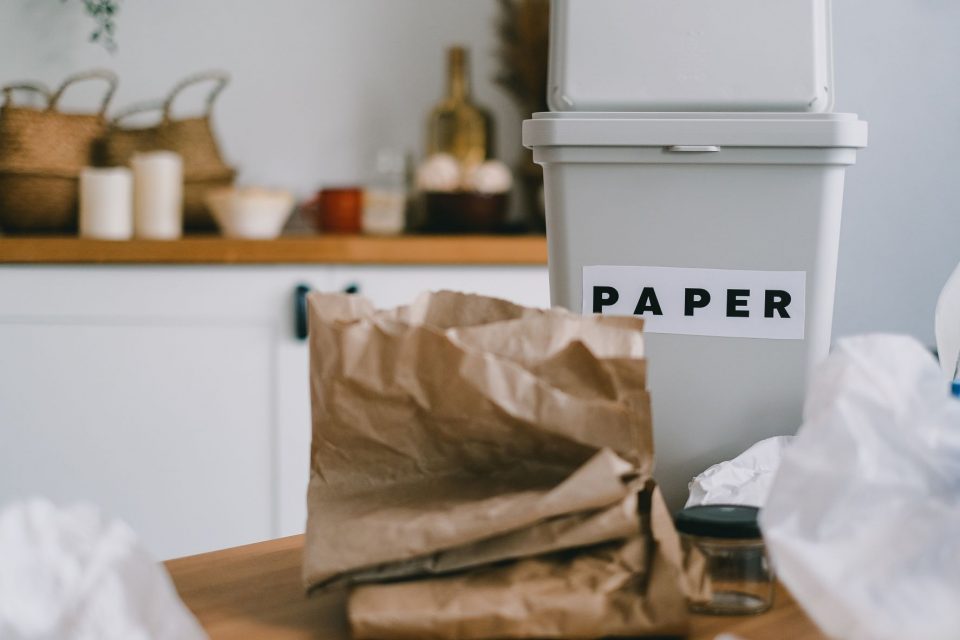How the paper is made: Nurseries

How to make a killer presentation
April 19, 2016
Erin Brockovich – A True Office Hero
April 27, 2016
We use it every single day in the office without giving it much of a second thought, but paper goes through a long journey before ending up in our hands.
In this article, we will take a look at the first stage of this journey; nurseries.
The paper we are looking at here is made from Eucalyptus globulus, which produces high quality paper due to its short fibres, creating extra pulp. The Eucalyptus globulus saplings are grown in nurseries at Viveiros Aliança in Portugal. These nurseries are able to produce more than 12 million plants each year, including 130 different species of ornamental plants and shrubs.
The Eucalyptus saplings are tended to in the nurseries to ensure a good quality of care, improving the growth of the saplings. Once they have matured enough, the saplings are then transported for planting in the group’s forests which cover approximately 120 thousand hectares of land, where the trees will have a life cycle of approximately 12 years before being harvested. The group follows a policy of sustainable management for the forests and a strategy that effectively conserves the wildlife living within the woodlands.
When Eucalyptus globulus reaches maturity, the trees can reach a height of 40 or 50 metres. It prefers to grow in coastal and low-lying regions below 700 metres in damp climates. It can be grown well in all soil types, except limestone soil. When harvesting Eucalyptus globulus trees, less wood can be used to make the same amount of paper; up to 46% less wood than the Pinus sylvestris and other types of conifers, so a single Eucalyptus tree can go much further than other trees.
As part of this process, special forestry techniques are used and genetic materials developed in order to increase yields and improve the properties of the wood that is produced throughout the process, lowering costs and lessening the environmental impact in the meantime.
We will explore the next stages of this process in future blogs, from harvesting the wood to it arriving on your desk, so keep an eye out for upcoming articles to find out more.




